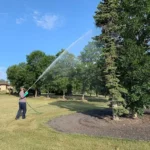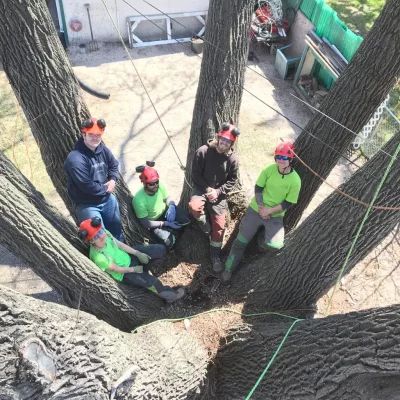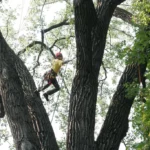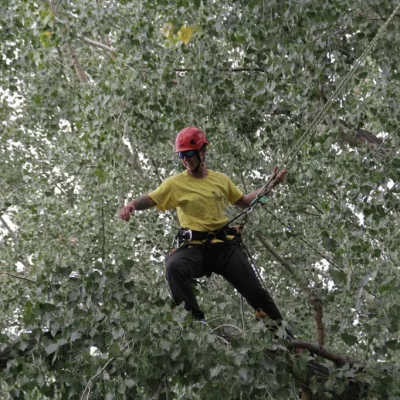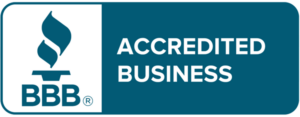Improving your environment through the care of trees
Trilogy Tree Services Your One-Stop Solution for Arborist Service
How can we help you?
Why Choose Trilogy?
When you choose Trilogy you are choosing industry leaders that put safety at the forefront of everything we do. With a combined experience of over 20 years, our Arborists are experts in their field and dedicated to continuing education.
You can trust our world-class tree climbers with the most hazardous or technically difficult tree removals are carried out safely with no mess left behind. Both our employees and our company are fully insured to give you peace of mind.
Services Offered by Trilogy Tree
The Best Choice For Your Needs.
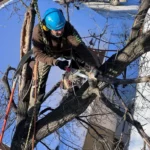
Tree Pruning
Our meticulous tree pruning process not only enhances the aesthetic appeal of your trees but also promotes their health and vitality. By removing dead or overgrown branches, we ensure sunlight reaches every part, fostering robust growth and reducing disease susceptibility.
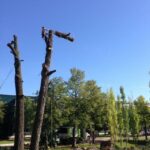
Tree Removal
Safety and expertise drive our tree removal service. Whether it’s a tree posing a threat or one that’s already fallen, our trained professionals handle the task efficiently, ensuring minimal impact on the surrounding environment.
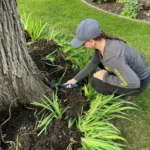
Disease Prevention
Trees, like all living things, are susceptible to diseases. Our proactive approach focuses on early detection and intervention, utilizing state-of-the-art treatments to prevent disease spread and ensure your trees remain healthy and vibrant.
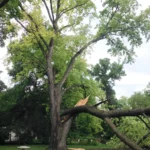
Storm Damage
When nature’s fury strikes, our storm damage response team is at the ready. With rapid assessment and intervention, we address damaged trees, clear hazards, and help restore your property’s safety and beauty.
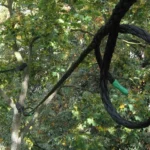
Cable and Bracing
Our tree cable bracing technique fortifies and secures vulnerable trees, ensuring they remain upright and strong, mitigating risks associated with weather and age.
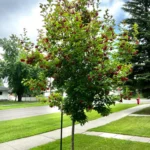
Tree Planting
Our tree planting service is backed by years of expertise, ensuring your trees have the perfect start for optimal growth and enduring vitality.
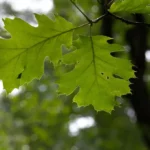
Tree Service Consultation
Benefit from tailored advice on tree care, maintenance, and health. Our consultation services draw upon extensive knowledge to address your specific needs.
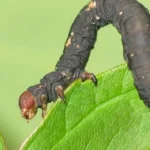
Caterpillar and Worm Spraying
Protect your trees with our specialized spraying solutions. Designed to combat caterpillars and worms, we prioritize the health and longevity of your green assets.
Don't Just Take Our Word For It...
Hear what our satisfied clients have to say about their experiences with Trilogy Tree Services:
Why Should You
Hire
The Services Offered by Trilogy Tree
When it comes to tree care, why settle for ordinary when you can have extraordinary? Here are compelling reasons to entrust your arboreal needs to Trilogy’s Tree Service:
- Extensive Expertise: With a company history spanning over nine years, our team brings substantial experience to the table.
- Friendly and Approachable: Our team is not only professional but also sweet, polite, and enjoyable to work with.
- Prompt and Responsible Service: We pride ourselves on being highly responsible professionals, consistently delivering timely and efficient services.
- Emphasis on Communication and Accountability: At the core of our approach is a commitment to effective communication and accountability. We take the time to understand your needs, clearly outlining our plan of action, and ensuring transparency in every step of the process.
